The iPhone 15 Lineup Could Open Up Faster Wireless Charging to All Chargers
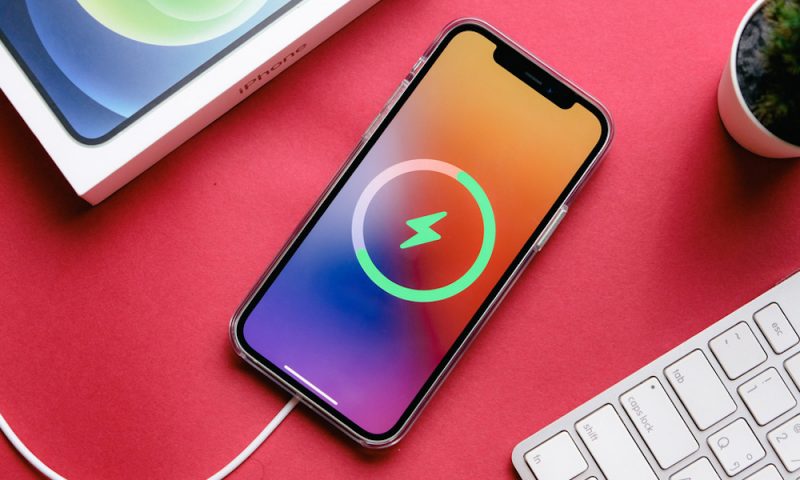
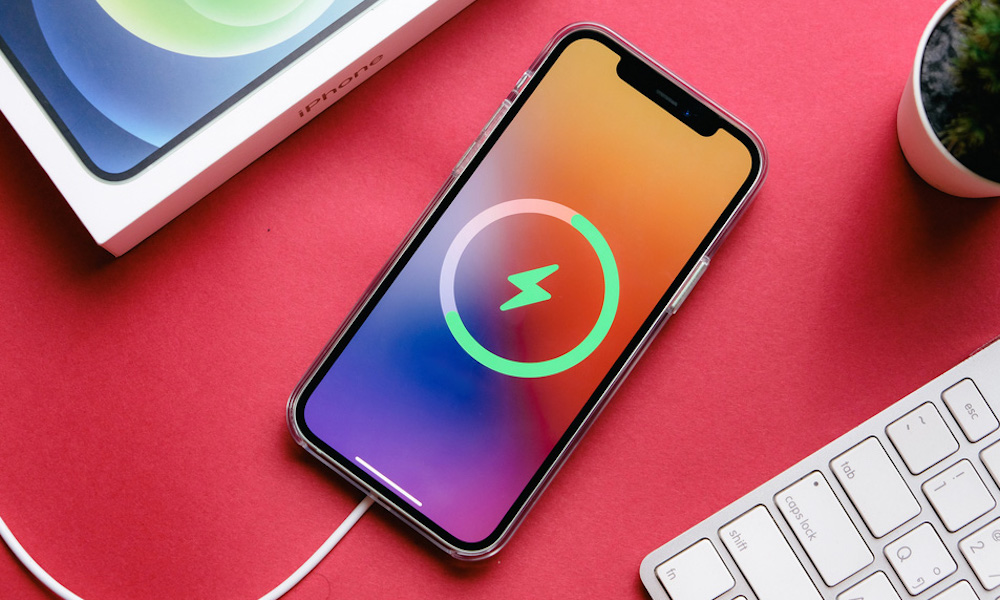 Credit: Framesira / Shutterstock
Credit: Framesira / Shutterstock
When Apple added wireless charging capabilities to the iPhone 8, iPhone 8 Plus, and iPhone X in 2017, charging speeds were initially limited to five watts (5W) — the maximum allowed by the Baseline Power Profile (BPP) developed by the Wireless Power Consortium (WPC), which governs the Qi wireless charging standard and the specifications on how wireless chargers should work.
However, Apple had also developed its own 7.5-watt charging profile following the WPC’s Extended Power Profile (EPP) specification, which it unlocked in iOS 11.2 in late 2017.
Since then, 7.5W has been the maximum power an iPhone can draw from any standard Qi wireless charger — even though the EPP spec supports charging rates of up to 15 watts and many chargers can easily deliver this much power.
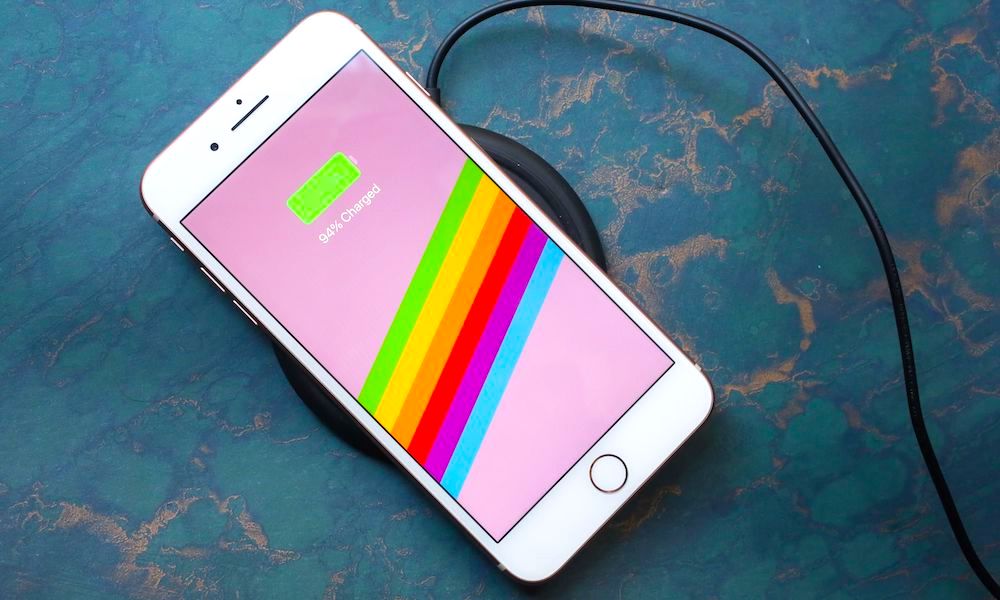
Apple boosted the wireless charging speeds to 15W in the 2020 iPhone 12 lineup, but those speeds were only available when using an Apple-certified MagSafe charger. Every other charger — even those that attached magnetically to your iPhone — was still limited to 7.5W charging.
Some were quick to accuse Apple of profiteering through its Made-for-iPhone (MFi) program, which requires manufacturers who want to use proprietary Apple features —like MagSafe — to pay licensing fees to Apple. It also didn’t help that Apple sold its own lineup of MagSafe chargers.
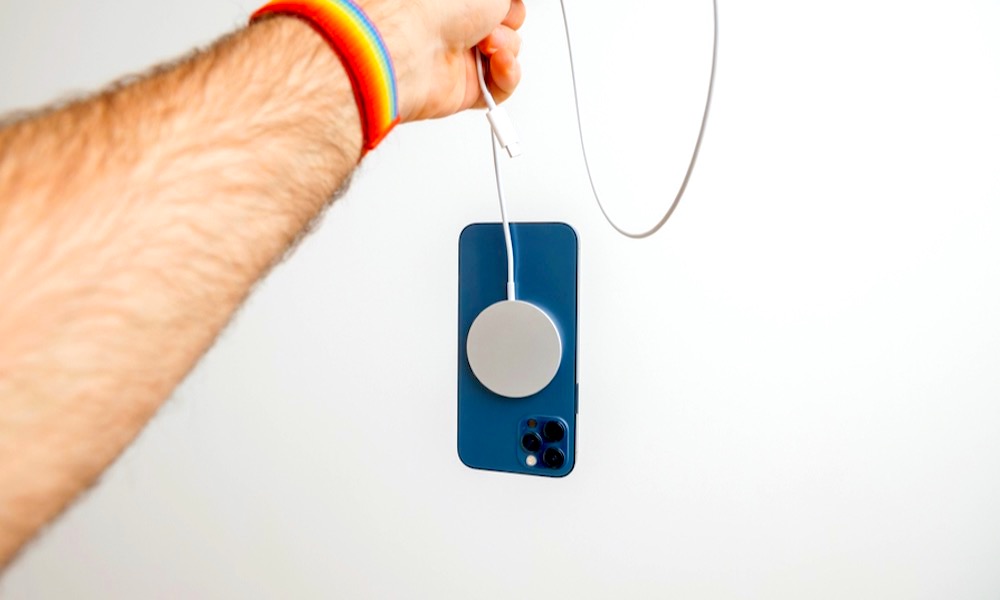
However, it’s possible Apple had good intentions in limiting faster charging. Wireless charging is incredibly inefficient compared to wired charging — on average, you’ll use around 47 percent more energy than you would by simply plugging in a cable to charge your phone.
This extra energy that doesn’t end up in your battery is lost in the form of heat. That energy loss — and the resulting heat generation — can increase significantly with even a slight misalignment between the charging coils in the charger and the device being charged.
In addition to the environmental impact — studies have shown that poor alignment can consume up to 80 percent more energy — there’s a greater chance of damaging an iPhone from the more significant amount of heat that results from that wasted power.
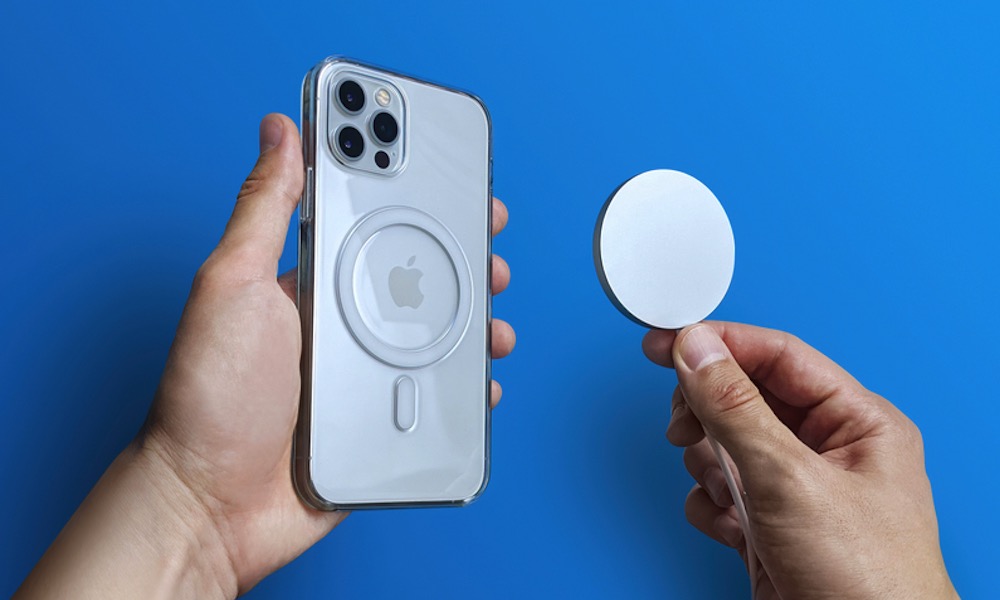
The magic of MagSafe is that the ring of magnets ensures that the iPhone and the corresponding charger are always perfectly aligned, guaranteeing the most efficient wireless charging possible. More of the charging juice ends up in your iPhone’s battery rather than heating up the room.
15W Charging without MagSafe
Leaker yeux1122 recently shared a post from the Chinese social media site Weibo on the Korean Naver blog claiming that the iPhone 15 lineup will be capable of drawing up to 15 watts of power wirelessly from “non-certified wireless chargers.” In this case, “non-certified” presumably means not certified by Apple, as the alternative — non-WPC-certified chargers — would be absurd.
Before we get too excited, though, this doesn’t necessarily mean you’ll be able to take any existing 15W wireless charger and use it with an iPhone 15.
The report doesn’t go into enough detail on what kind of chargers will be compatible with the new iPhone models, and there’s a new charging standard on the horizon.
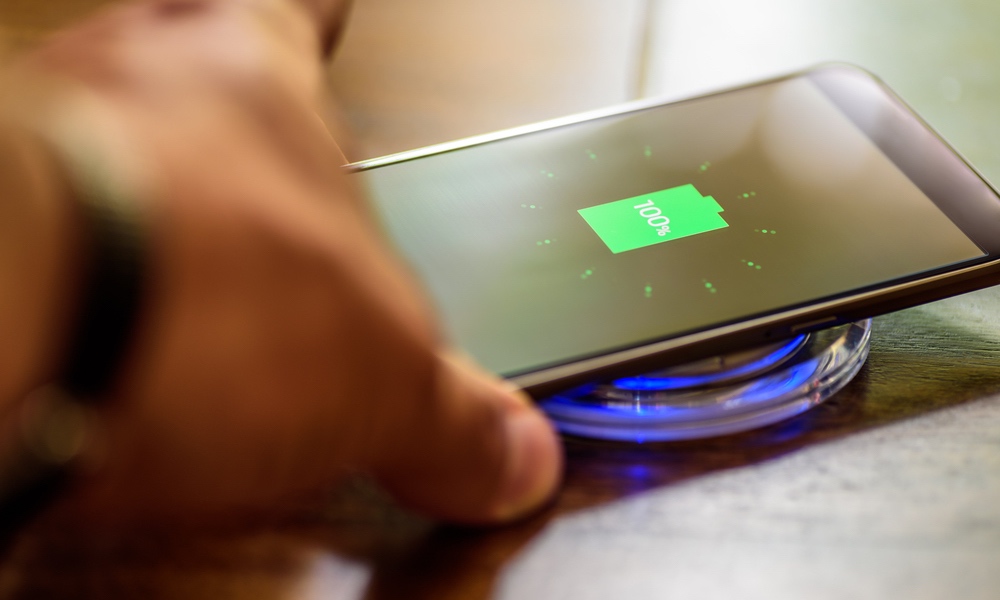
In January, the WPC announced Qi2, a next-generation standard that, interestingly, may just be a more open version of MagSafe. Apple is a member of the Consortium, and the WPC notes that it “provided the basis for the new Qi2 standard building on its MagSafe technology.”
The result is what the WPC is calling the Magnetic Power Profile (MPP), which it says “will ensure that phones or other rechargeable battery-powered mobile products are perfectly aligned with charging devices, thus providing improved energy efficiency and faster charging.”
In other words, Apple has basically “open-sourced” MagSafe.
The WPC notes that the first Qi2-certified chargers and phones should be on the market for the 2023 holiday season — around the same time the iPhone 15 is expected to launch. Hence, there’s every reason to believe that the iPhone 15 will be one of the first “Qi2 Certified mobile phones” the WPC is talking about.
While this means you’ll likely still have to buy a new charger if you want to juice up your iPhone 15 at full 15W speeds, the good news is that the opening up of MagSafe into the new Qi2 Magnetic Power Profile will provide a much broader range of products to choose from. It will be easier for accessory makers to get on board, as Qi2 certification shouldn’t be any more difficult to obtain than the original Qi certification. Within a year or two, all chargers that magnetically attach to the back of an iPhone will likely deliver the same 15W charging speeds as Apple’s official MagSafe chargers have for the past few years.
The only question remains whether Apple will bring this compatibility to its older iPhone models. All iPhones that support MagSafe are already capable of 15W charging speeds; it’s just a matter of whether the software detects a certified MagSafe charger. With the new Qi2 MPP based on MagSafe, it should be possible for iOS 17 to unlock this capability for all MagSafe-compatible iPhones by adding Qi2 chargers to the list of compatible devices.
[The information provided in this article has NOT been confirmed by Apple and may be speculation. Provided details may not be factual. Take all rumors, tech or otherwise, with a grain of salt.]







